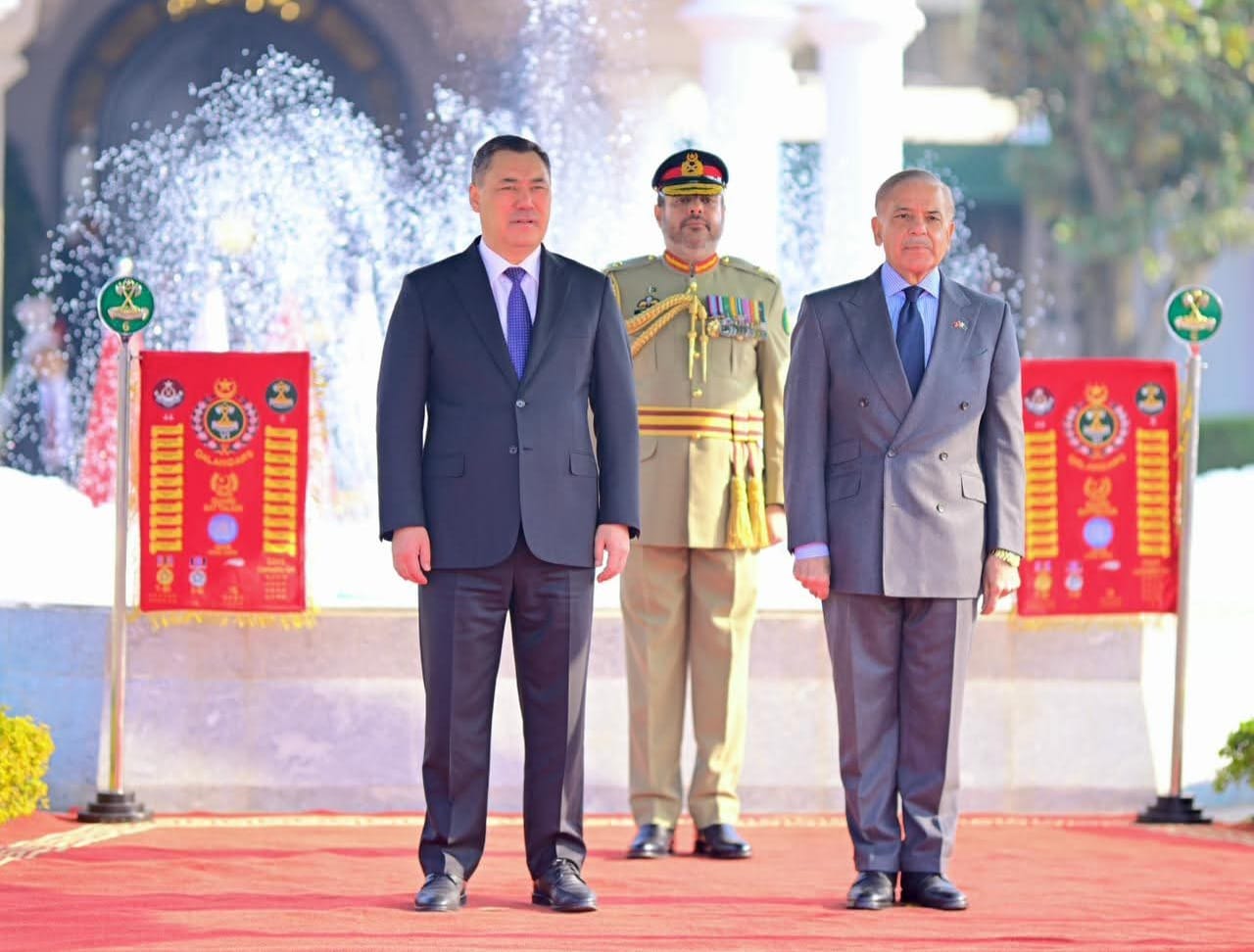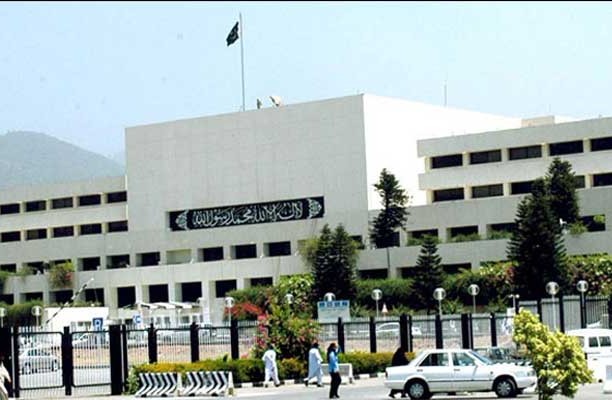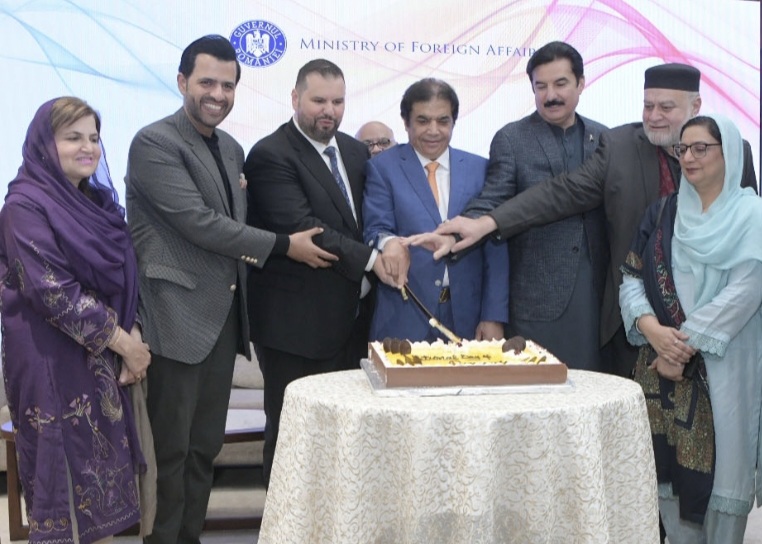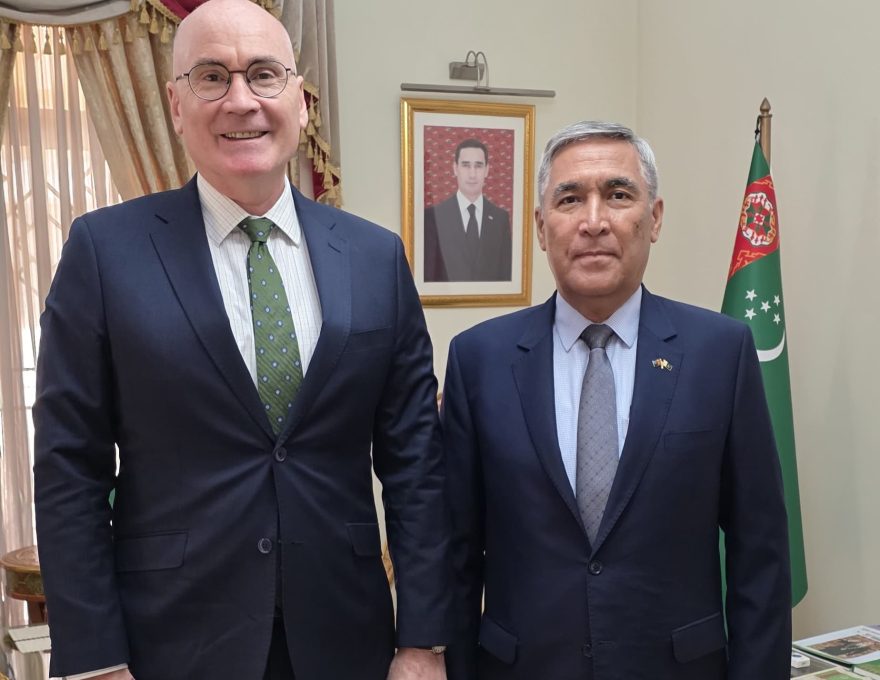In April 2025, South Asia teetered on the edge of a dangerous conflict. A deadly attack in Pahalgam, swiftly condemned by Islamabad, became a pretext for New Delhi to launch yet another campaign of political escalation. But what began as a tragic incident quickly evolved into a calculated strategy by India—one that ultimately backfired, exposing both its diplomatic isolation and strategic overreach.
The most provocative move came when India unilaterally suspended the Indus Waters Treaty, a rare and longstanding symbol of cooperation between the two nuclear-armed neighbors. This decision was not just legally questionable—it was politically reckless. Water, the subcontinent’s most vital resource, became a tool of coercion. By threatening Pakistan’s agricultural heartland in Punjab, India attempted to create an artificial humanitarian crisis. This act echoed a disturbing precedent: Armenia’s manipulation of water flows during its decades-long occupation of Azerbaijani territory in the South Caucasus. Just as Armenia ultimately paid the price for misreading shifting alliances and overestimating its position in 2020, India now appears to be treading the same perilous path.
India’s behavior is part of a larger pattern of unilateralism and disregard for international norms. The 2019 revocation of Article 370, stripping Jammu and Kashmir of its special status, was another case in point—condemned by Pakistan and criticized by international legal experts and human rights organizations. These moves reflect an increasingly assertive, if not aggressive, posture by the Modi government—one rooted in domestic populism but fraught with international consequences. Rather than seek dialogue, India has embraced escalation as doctrine.
Pakistan, however, refused to be drawn into emotional reaction. Its response was marked by strategic clarity and operational discipline. Within hours of India’s suspension of the treaty, Islamabad convened high-level meetings with key regional allies, including China, Türkiye, and Gulf states. It launched a diplomatic offensive that reframed the crisis: no longer was India the aggrieved party; it now stood exposed as a destabilizing force threatening water security, regional stability, and international legal frameworks.
Militarily, Pakistan demonstrated both preparedness and restraint. As Indian jets violated the Line of Control under “Operation Sindoor,” Pakistan’s air defense systems and forward-deployed squadrons responded with measured force. Two Indian fighter jets—a MiG-29 and a Su-30MKI—were downed, along with six UAVs. Debris was recovered in Neelum Valley and Gilgit-Baltistan. In retaliation, Pakistan conducted limited but high-impact precision strikes on Indian artillery and command installations in the Kupwara and Poonch sectors, destroying radar stations, fuel storage facilities, and ammunition depots.
Pakistan’s electronic warfare units jammed communications in the Rajouri sector, and special forces executed a targeted cross-border raid on a temporary Indian command post. Independent analysts estimate the operation inflicted over 30 Indian casualties, including several officers. Satellite intelligence and open-source data corroborated significant damage to India’s forward-operating capabilities, forcing New Delhi to delay additional strikes and reassess its escalation calculus.
What set this confrontation apart was not merely the military exchange, but the geopolitical terrain it unfolded upon. India’s behavior in South Asia is increasingly reflected in its actions elsewhere—most notably in the South Caucasus. Since 2023, India has deepened its military cooperation with Armenia, despite the country’s defeat in the Second Karabakh War and ongoing peace negotiations in the region. New Delhi has supplied Yerevan with Swathi radars, Pinaka rocket systems, Akash surface-to-air missiles, and drones—all offensive systems capable of undermining fragile post-war stability.
These are not isolated transactions; they are geopolitical signals. By backing Armenia, India seeks to counterbalance Pakistan’s ally Azerbaijan and its growing strategic alignment with Türkiye. In doing so, New Delhi risks turning the South Caucasus into another front in its ideological and strategic confrontation—mirroring the same approach it uses in Kashmir: escalate, polarize, and externalize.
This strategy, however, is increasingly untenable. The regional and international response to India’s recent actions has not gone in its favor. On April 26, 2025, China condemned India’s “disproportionate actions” at the UN Security Council, calling them a violation of international law and a threat to regional water security. The United States, under Secretary of State Marco Rubio, brokered a ceasefire—not as a gesture of goodwill, but out of a recognition that unchecked Indian aggression endangered the entire subcontinent. Even the United Kingdom, traditionally cautious in South Asia, backed a balanced resolution that implicitly restrained New Delhi.
Public sentiment in Pakistan strongly supported the government’s handling of the crisis. According to Gallup Pakistan (April 2025), 71% of the population viewed the outcome as a strategic success. Crucially, this victory was not achieved through escalation but through deterrence, diplomacy, and composure. By holding its ground without overstepping, Pakistan demonstrated that strength lies not in provocation, but in measured response and international alignment.
What India attempted was not merely a show of force—it was an effort to redefine the regional balance of power. But it miscalculated. In contrast, Pakistan has shown that power today is not just military—it is reputational, legal, diplomatic, and strategic. Islamabad successfully internationalized the conflict narrative, reframed the water dispute as a humanitarian issue, and won the backing of regional blocs while maintaining readiness for a full-spectrum military response.
India, isolated and forced into a ceasefire, walked away with its position weakened. Pakistan, by contrast, walked away stronger—its deterrent credibility enhanced, its alliances affirmed, and its message clear: coercion will not be tolerated, and any attempt to destabilize Pakistan—whether through environmental warfare or cross-border adventurism—will be met with unified national resolve and international support.
This latest standoff has reshaped the geopolitical contours of South Asia. It reaffirmed Pakistan’s role as a central pillar of stability in a volatile region and exposed the limits of India’s confrontational approach. The ceasefire was not a mutual compromise—it was a recalibration of the balance of power on Pakistan’s terms.

Anastasiya Lavrina is Famous TV presenter and film maker, research fellow in the Institute for Development and Diplomacy at ADA University (Azerbaijan).












